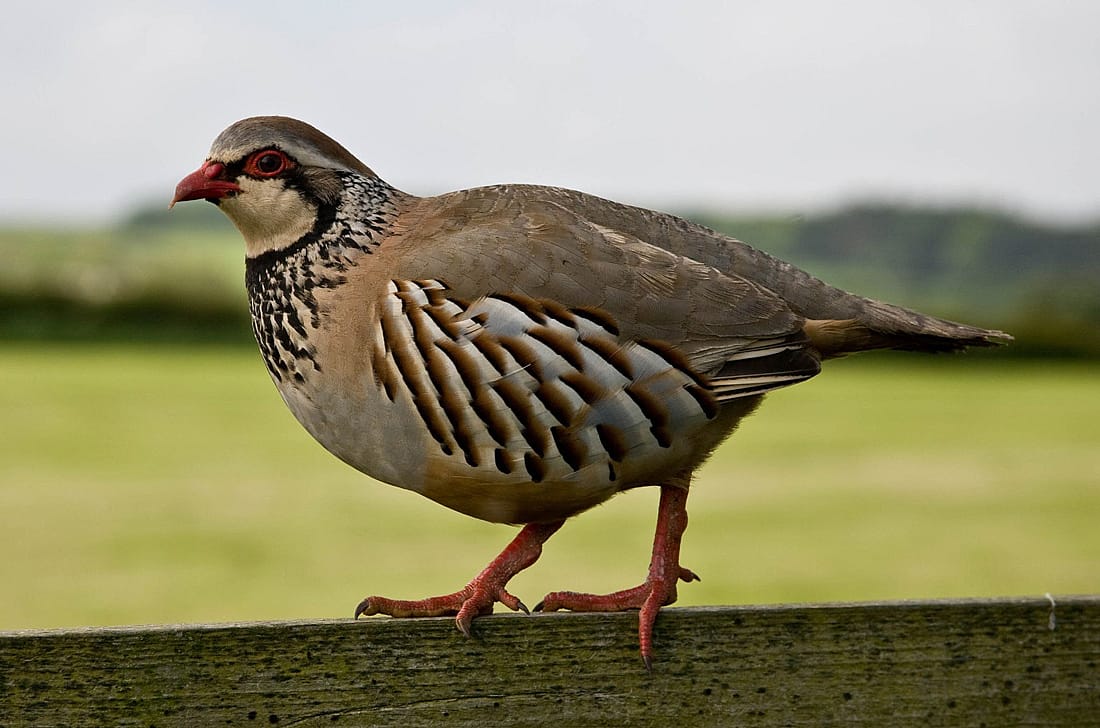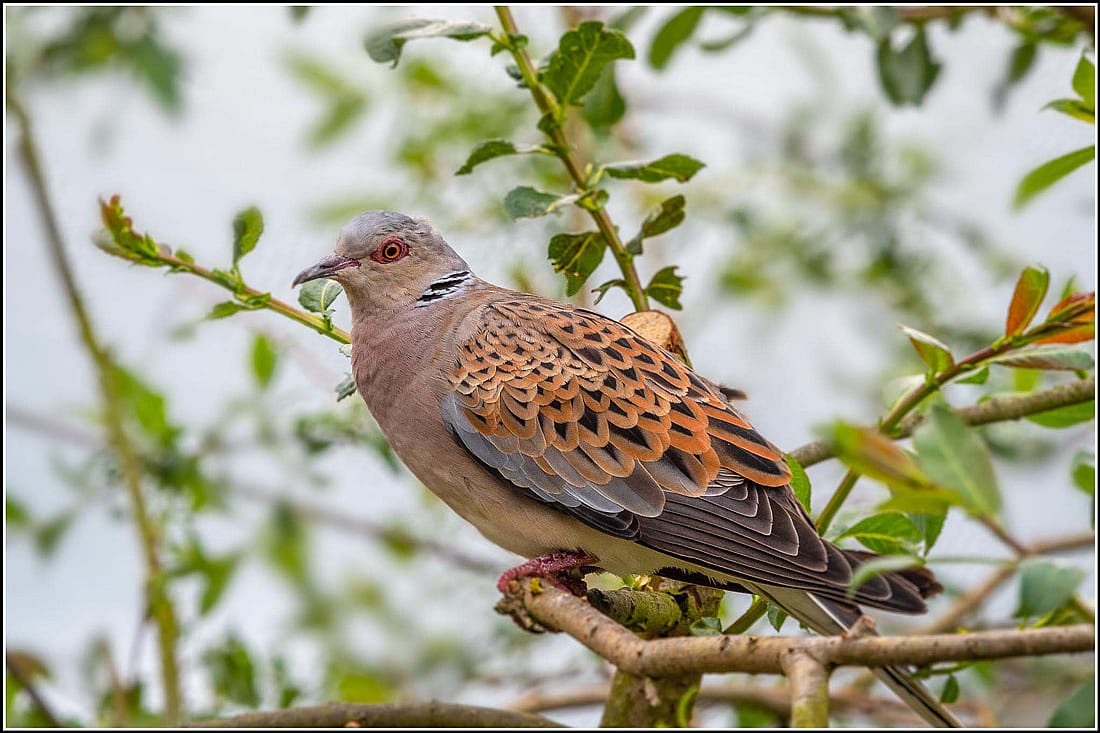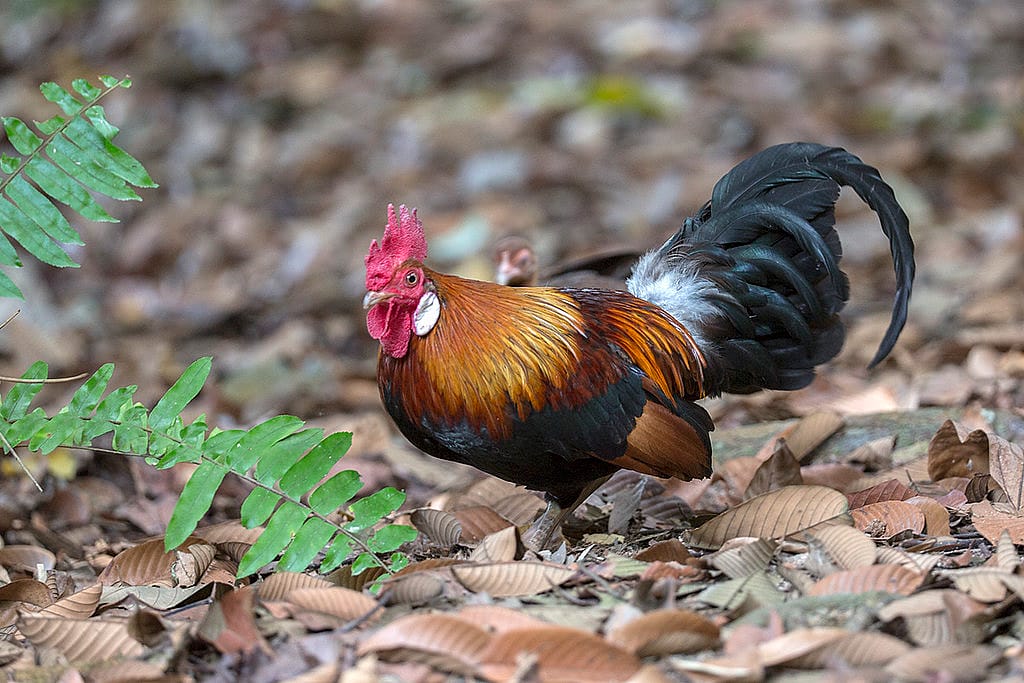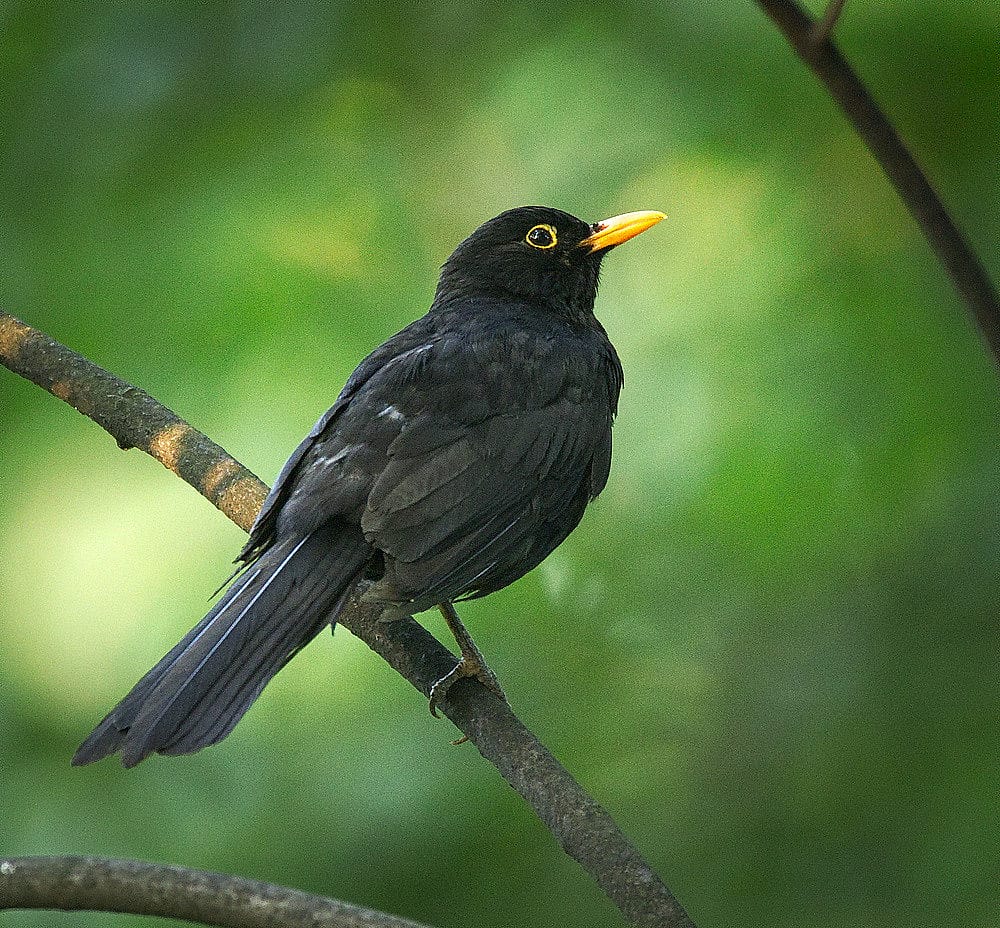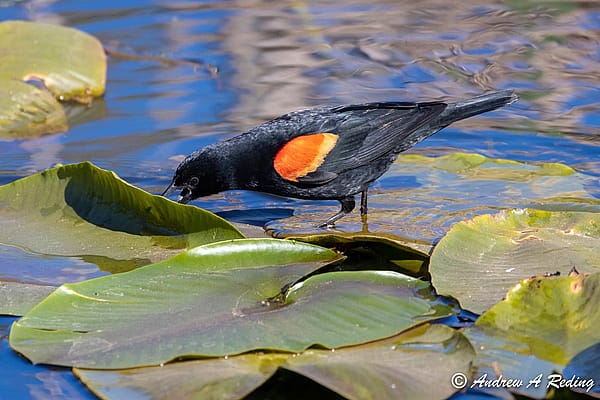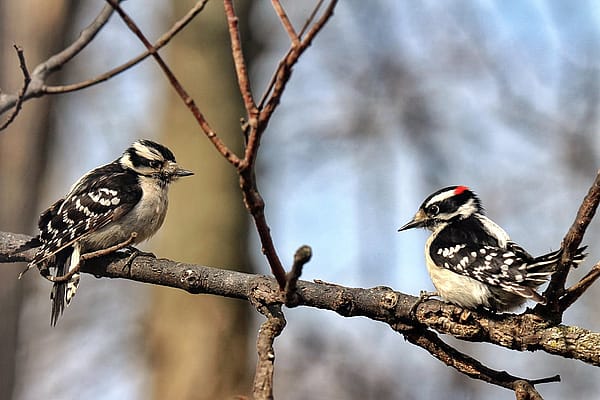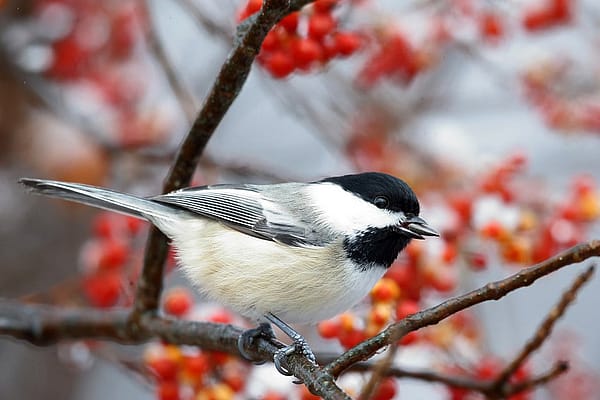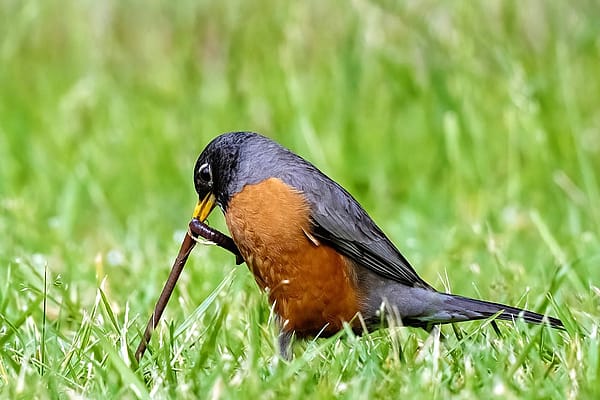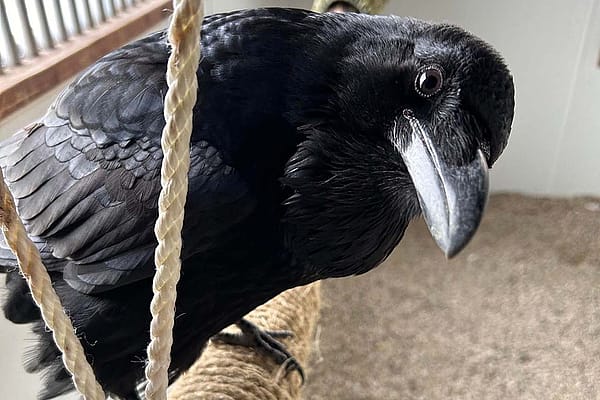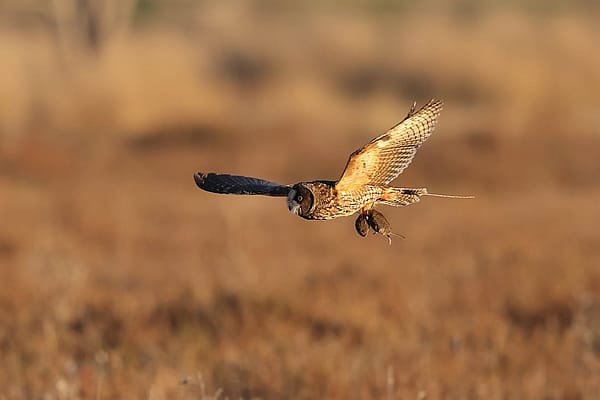
12 Days of Christmas and Its Birds

It’s likely you are familiar with the carol, “Twelve Days of Christmas.” Moreover, you have probably sung it. But, have you ever noted how many birds are within the lyrics? To save you the time of counting, I’ll just tell you. There are six birds given as gifts in the song.
If you do not know the song, or if you need a refresher, here is a video of the song with lyrics.
https://www.youtube.com/watch?v=oyEyMjdD2uk
Did you catch all six birds? In this blog I will discuss the song as well as each of the six birds.
HOW OLD IS THE SONG?
This song may have begun as a poem and may possibly be older than the late 1700s. However, the song we sing today was composed in the early 20th century by Frederic Austin. At that time a previous version of the melody and lyrics was altered.
Nevertheless, you can still find variations to the lyrics we are most familiar with today. Even in England, where most people believe the song originates, you can find lesser known variations.

THE ORIGIN OF THE SONG IS CONTROVERSIAL
According to the Catholic Church
According to the Catholic News Agency, the verse was written during a time in England when Catholics were not permitted to openly practice their faith. As a result, it is believed that the carol was a catechism song for young Catholics. The song is also said to contain hidden meanings designed to help children learn about their faith. If you would like to explore this idea click on this link: https://www.catholicnewsagency.com/resources/advent/customs-and-traditions/the-history-of-the-twelve-days-of-christmas
What Does Snopes Say?
On the other hand, David Mikkelson of Snopes disputes this belief. He rates it as false and suggests the song is simply a fanciful tale. If you have an interest in Mikkelson’s explanation, this link will take you to the article: https://www.snopes.com/fact-check/twelve-days-christmas/
Or Maybe It Was For Fun
Another theory put forward comes from authors Mark Lawson-Jones and Dominic Walker. They propose that the song began as a memory and forfeit game for celebrating the twelfth night celebration and was spoken, not sung. The following is a quote from the authors explaining how the game was played.
“The players gathered in a circle and the leader would recite a verse and each would repeat it, the leader would add another verse, and speak faster, and so on until a mistake was made by one of the players, who would then drop out of the game.”
The last player standing was the winner.
Are we sure the Carol is English?
Though widely believed to be of English origin, some historians believe the song has French beginnings. To back up the English theory, however, it is suggested the song may stem from an English children’s book titled Mirth Without Mischief, published around 1780.
WHAT ARE THE SIX BIRDS?
The six birds I am highlighting are identified by Pamela Rasmussen, an Integrative Biologist at Michigan State University.
On the first day of Christmas
Dr. Rasmussen tells us that the partridge in a pear tree is probably the Red-legged Partridge, which is a bird in the pheasant family. Though not living in this country, it is similar to our Chukars. These partridges are game birds that reside naturally in southwestern Europe, although they were introduced to England in the 1700s. Subsequently today, these are very common and at times even appear in people’s backyards.
On the Second Day Turtle Doves were Sent
The two Turtle Doves are probably European Turtle-doves. These are native to England and were very common in the 1700s. They tend to be shy birds living in wooded and semi open habitats. Similar to our pigeons, these birds are ground feeders.
Sadly, today they are in trouble. Since 1995 the United Kingdom has lost 94% of their population. In addition, there has been a 78% loss throughout the remaining areas of Europe.
It is believed Turtle-doves are declining throughout the Mediterranean due to human practices such as over-hunting during migration. Another contributing factor is the loss of habitat during breeding season. As a result, they are listed on the IUCN Red List of Endangered Species.
French Hens were given on the third day
French Hens are a type of domesticated chicken that is a variant of the Red Junglefowl – a bird of South Asia. Unfortunately, the wild form of these chickens is another bird that is in trouble with populations declining. Though not on the Red List, the population’s downward trend is a result of the hens being hybridized almost out of existence by their free-ranging domesticated cousins.
The Fourth Day is a bit more difficult
Dr. Rasmussen tells us that the four calling birds are the most difficult for her to identify. She found one version of the song that calls these “colly birds.” The word colly means black, so she believes that these may be Eurasian Blackbirds, which are the most common black bird in Europe. Eurasian Blackbirds are thrushes and only distantly related to our black birds in the U.S.
Take a listen to an Eurasian Blackbird at this link: https://avocet.integrativebiology.natsci.msu.edu/recordings/13056
If, on the other hand, we use the more common verse of “calling birds” there are too many choices of songbirds to even narrow it down.
The Species on the Sixth Day Have Become Fairly Famous
Six geese a-laying would more than likely be the Graylag Geese. These are large, bulky geese that are native to the United Kingdom and Europe. This is a bird that is the ancestor of domestic geese in Europe.
These birds have become pretty famous as they are one of two breeds used in the imprinting experiment conducted by Konrad Lorenz. In this study, Lorenz proved that newly-hatched goslings form an attachment to the first moving object they see. To see a short 1:32 minute video about his research check this link: https://www.youtube.com/watch?v=2UIU9XH-mUI
Or this longer 13:52 minute video: https://www.youtube.com/watch?v=IysBMqaSAC8
On the Seventh Day Decorative Birds Were Sent
The seven swans are Mute Swans. During the time when the lyrics were written, Mute Swans were semi-domesticated in Britain. Moreover, they were considered to be property of the Crown.
Mute Swans can also be found in North America although they are not native. Imported from Europe, the swans were first brought to North America to decorate ponds and lakes.
Mute swans are widespread throughout the world due to introductions as decorations for private estates and parks. Escaping from these areas and breeding in wild populations, they have become invasive species in some locations.
Hans Christian Andersen’s fairy tale “The Ugly Duckling” is based on the Mute Swan. This was a tale I loved when I was a very young child.
IT WOULD HAVE BEEN EXPENSIVE
Depending on your interpretation of the song, most of these gifts are repeats. As I researched the subject I was surprised to find this is the interpretation of every site I looked at except one. Accordingly, each day the individual receiving gifts will again receive all the same gifts from the previous days plus new ones. Therefore, it becomes very expensive. In other words, on day one a single gift of a partridge is received. On the second day a new gift of two turtle Doves plus another partridge is given. Then day three brings another partridge, two more doves, plus 3 French Hens and so on.
This adds up to a lot of gifts. In fact, if you were the recipient you would receive 364 gifts. Granted, there would be a lot of repeats, therefore not much variety. Plus, it’s likely that none of these, except maybe the gold rings, are on your Amazon Wishlist.
A Smithsonian blog reports that Tanya Pai, a reporter for Vox News, estimates that if you were to give every gift found in the poem it would cost more than $30,000.
If you would like to see the math for this gift count, or just read the lyrics to the song, visit this link: https://www.mathscareers.org.uk/article/the-maths-inside-the-twelve-days-of-christmas/
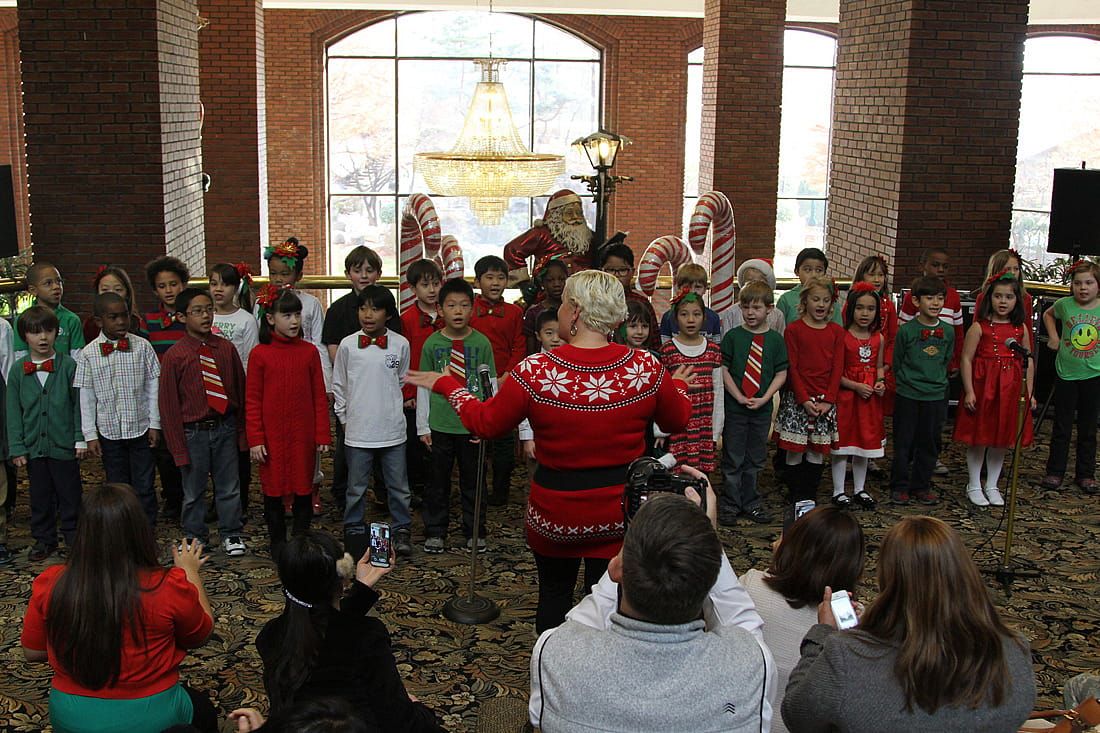
SUMMARY
In brief, “Twelve days of Christmas” is one of the best known Christmas songs. Stemming from the 1700s the origin is not factually known, although there are a number of theories.
In all probability, if you hear a variety of Christmas songs this year “Twelve Days of Christmas” will be one of them. Remember that the verses you hear or sing are the most commonly used today, but have not always been the same. Even today there are variations. Think of the six birds within the song. If you were to get one for Christmas, which would it be?
Photo Credits
12 Days of Christmas title shown in lights, Wil C. Fry, Attribution-NonCommercial-NoDerivs 2.0 Generic license
Dallas Arboretum’s 12 Days of Christmas showing – Twelve Drummers Drumming by Scutter, Attribution-NonCommercial-NoDerivs 2.0 Generic license
All 12 Days of Christmas in lights, Wil C. Fry, Attribution-NonCommercial-NoDerivs 2.0 Gneric license
Dallas Arboretum’s 12 Days of Christmas Day 11 – Eleven Pipers Piping, Scutter, Attribution-NonCommercial-NoDerivs 2.0 Gneric license
Red-legged Partridge, Allan Harris, Attribution-NoDerivs 2.0 Generic Licenses, https://www.flickr.com/photos/allan_harris/
European Turtle dove, Smudge9000, Attribution-ShareAlike 2.0 Generic License
Red Jungle fowl, Budak, Attribution-NonCommercial-NoDerivs 2.0 Generic license
Male Eurasian Blackbird, by hedera.baltica, Attribution-ShareAlike 2.0 Generic License
Greylag Geese, Phil McIver, Attribution-NonCommercial 2.0 Generic License
Mute Swan, Andrew Wordsworth LRPS, Attributibution 2,0 Generic License
5 Golden Rings, evaingesl, Attributibution 2,0 Generic License
Chorus of children singing, UNC-CFC-USFK, U.S. Army photos by Staff Sgt. Keith Anderson, U.S. Forces Korea PAO, Attribution 2.0 Generic license
Written By
Anne Hay
Anne Hay has a Bachelor's degree in Elementary Education and a Master's in Computers in Education. She spent most of her working years teaching third grade at Livingston School in Cody, Wyoming. After retiring she began doing a variety of volunteer work for the Buffalo Bill Center of the West’s Draper Natural History Museum. Anne loves nature and has a concern for the environment. She believes that educating the public, so that they will have a better understanding and appreciation for the natural world, is very important. Because of this belief, volunteering at the Center is a perfect fit. She spends time in the Draper Lab, observing eagle nests for Dr. Charles Preston’s long-term research project on nesting golden eagles, writing observation reports of raptor sightings in the Bighorn Basin, and working with the Draper Museum Raptor Experience. Anne states that, “Having a bird on my glove, is one of my all time favorite things in life.”


